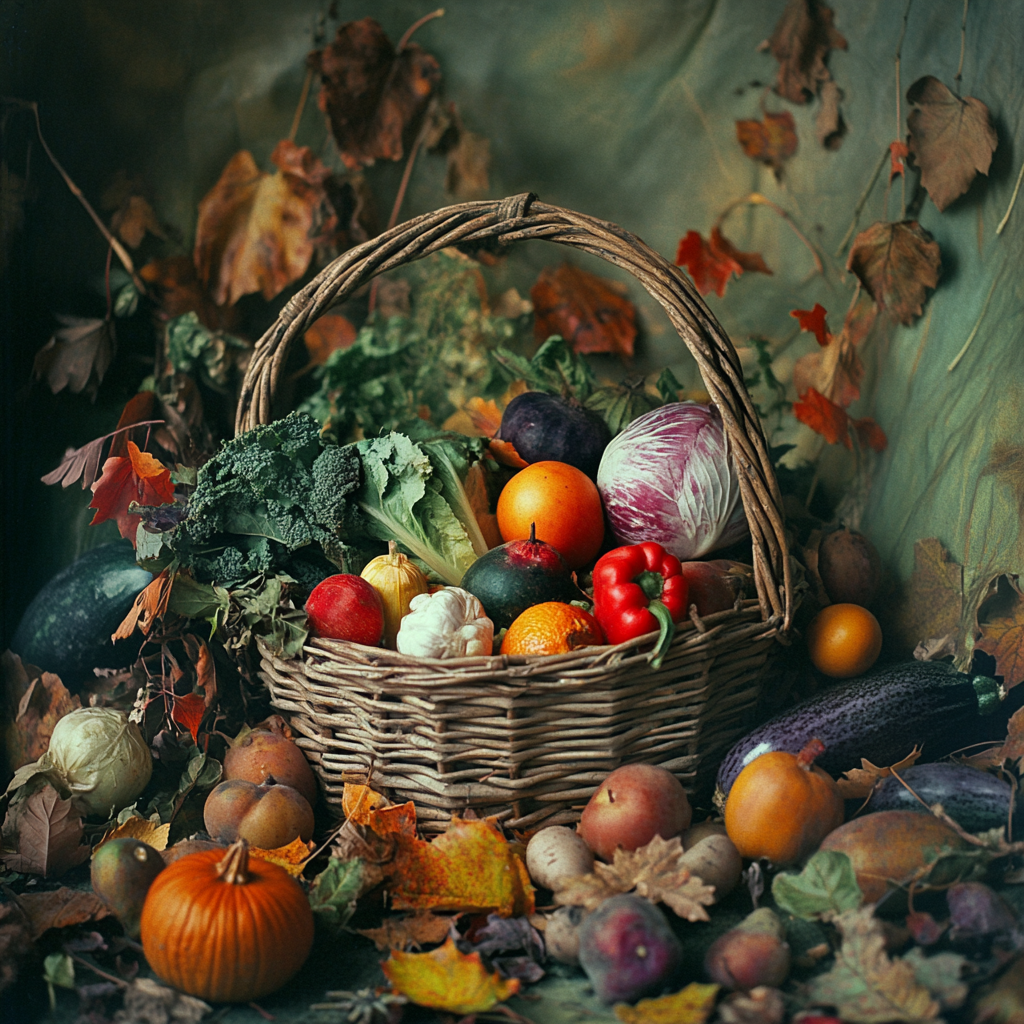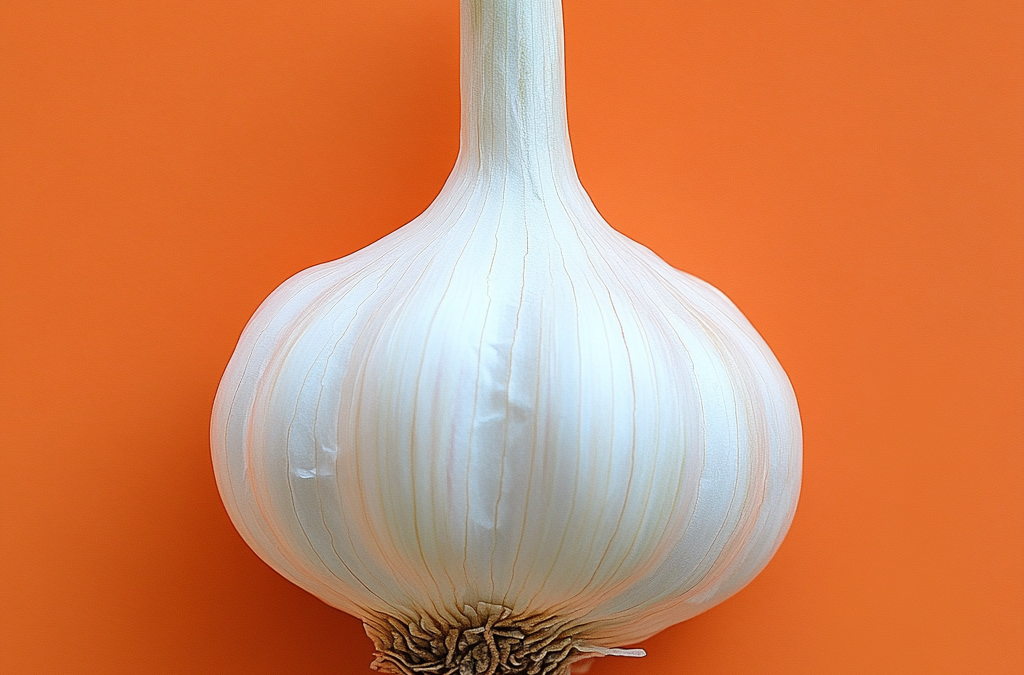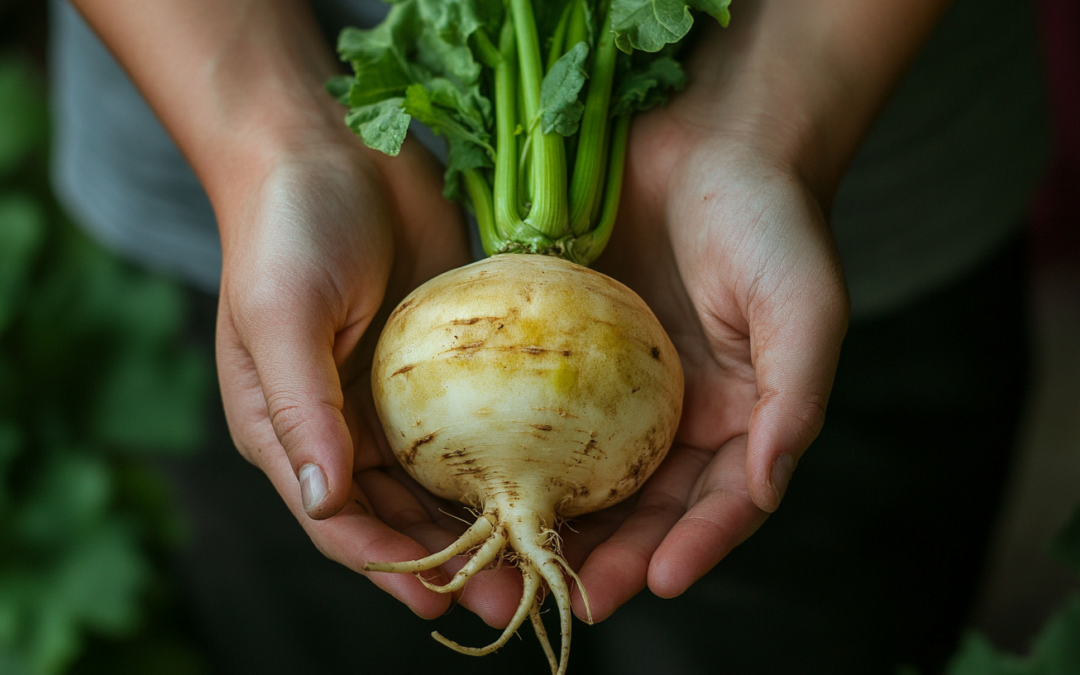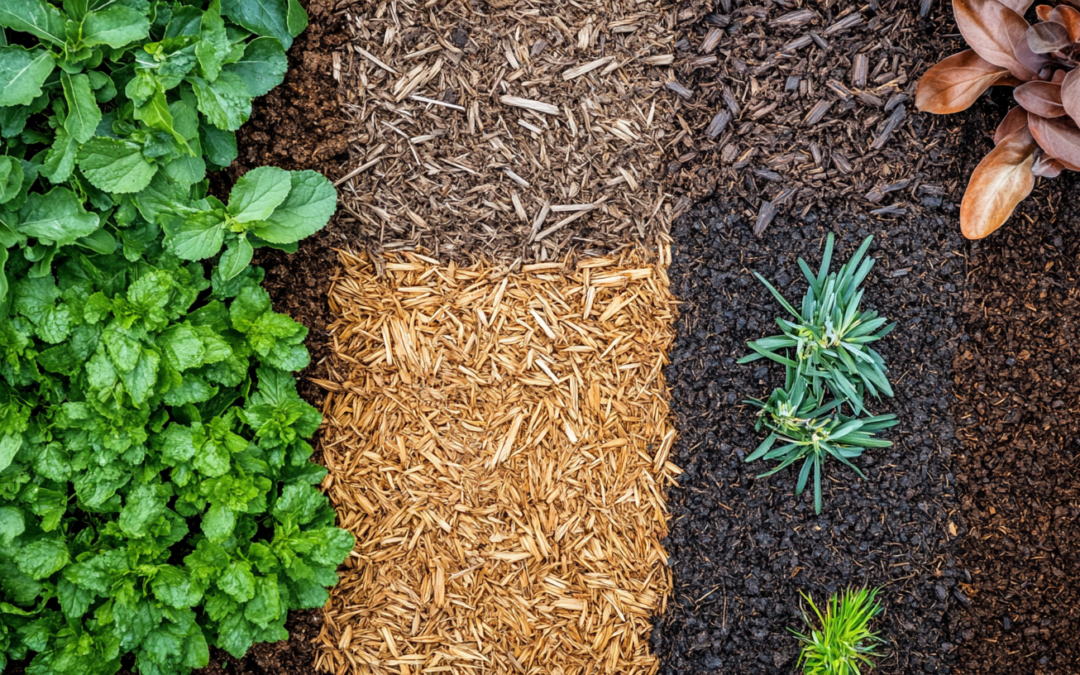Gardening in a small space can be a challenge, but with the right planning, you can enjoy fresh produce all year long. Seasonal gardening is key to maximizing your small garden’s potential. Here’s how to plan and rotate crops in your small garden to ensure you’re harvesting throughout the seasons.
1. Know Your Growing Seasons
Every region has its own growing season, so it’s important to know when the last frost date is in spring and the first frost date in fall. This will help you plan which crops to plant when.
- Cool-season crops (like lettuce, spinach, and peas) thrive in the cooler months, while warm-season crops (such as tomatoes, peppers, and beans) need the warmth of summer to grow.
2. Plan for Spring and Fall Planting
- Spring: Start with cool-weather crops that can handle the chill, such as radishes, carrots, and kale. These crops can often be planted early, even before the danger of frost has passed.
- Fall: In late summer, plant fall crops like broccoli, cabbage, and turnips. Many cool-weather crops can survive light frosts, allowing you to harvest even as temperatures drop.
3. Succession Planting
To make the most of your small space, use succession planting—this means planting new crops as soon as one is harvested. For example, once you’ve harvested your lettuce, plant another round of spinach or kale to take its place. This allows you to keep your garden productive throughout the growing season.
4. Use Containers for Flexibility
In small spaces, containers are a game-changer. They allow you to easily rotate crops and move plants as needed. For example, you can grow early spring crops like peas in containers, then switch them out for tomatoes or peppers once the weather warms up.
5. Crop Rotation
If you’re growing in the ground, crop rotation helps prevent soil depletion and pest buildup. Rotate your crops each year so that plants from the same family (like tomatoes, peppers, and eggplants) aren’t planted in the same spot consecutively. This keeps your soil healthy and reduces the chance of disease.
6. Maximize Your Space with Companion Planting
Use companion planting to grow more in your small space. For example, plant beans next to corn to help the beans climb the corn stalks, or grow basil with tomatoes to improve flavor and reduce pests. These strategies help you make the most of every inch.
7. Winter Gardening
Don’t let winter stop you! Many small space gardeners use cold frames or cloches to extend their growing season into the colder months. You can grow hardy greens like kale, spinach, and arugula well into winter with a little extra protection.
8. Keep a Gardening Calendar
Keep track of planting and harvest dates with a gardening calendar. This will help you stay organized and plan your seasonal crops effectively. Mark when to start seeds indoors, when to transplant, and when to harvest to keep your garden running smoothly all year long.
By planning ahead and utilizing these strategies, you can keep your small space garden producing fresh food year-round, no matter the season!



